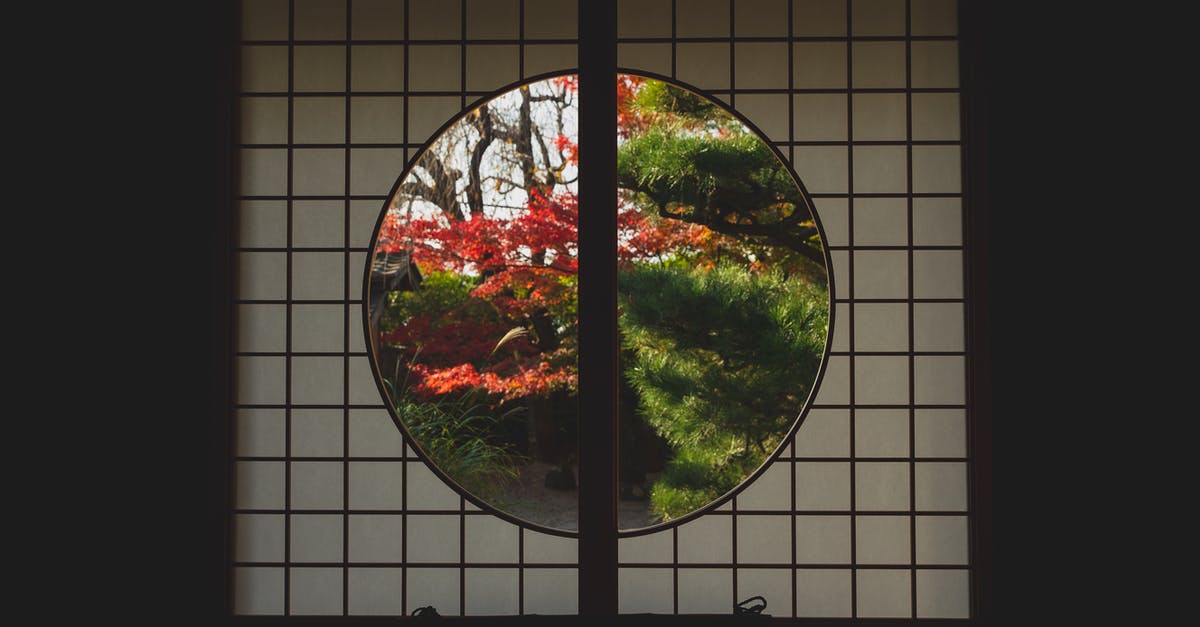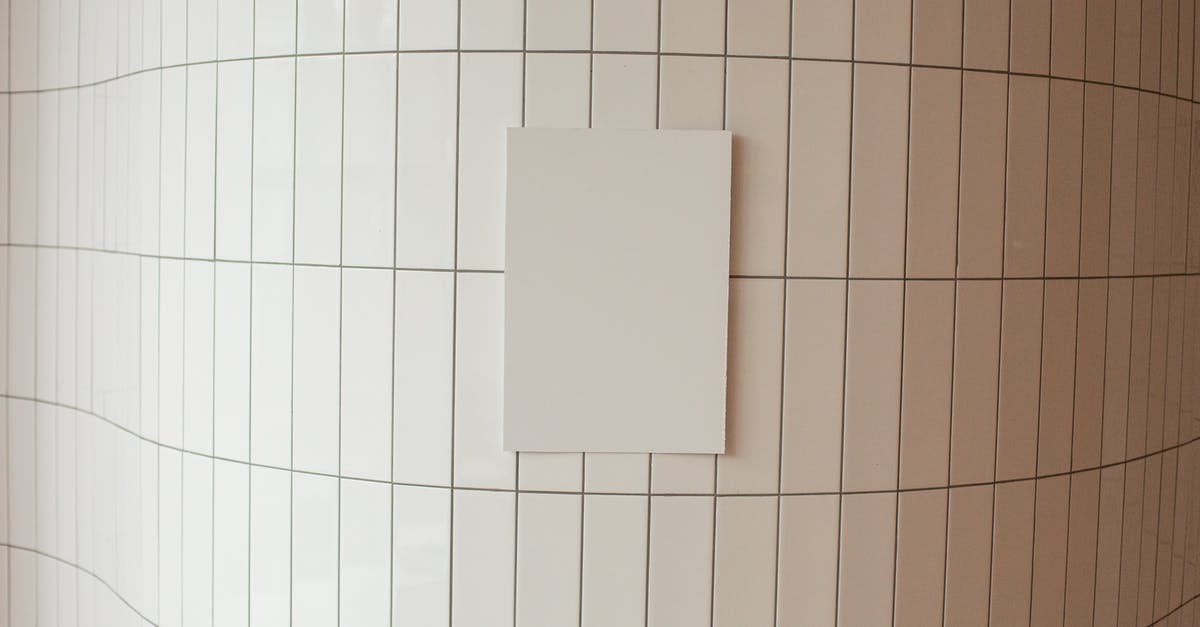What is the inside texture of a Japanese croquette?

I made croquettes the other day using http://www.japanesecooking101.com/potato-korokke-recipe/ recipe but it was really dry inside. I'm not sure where I made the mistake. Is it expected to be dry or if it is supposed to be moist, How do I make it moist?
Best Answer
There are two common categories of Japanese korokke, one made with potato or another starchy vegetable (kabocha, a Japanese squash, is also common), and the other made with a roux, typically with corn and/or crab, called a cream korokke.
In a vegetable-based one, which may have additions like ground beef, sesame seeds, certain pickled vegetables, or other seasonings, the basic texture is the same as any other vegetable puree or mash. The cream korokke should have a texture of a thick bechamel, but when hot, will be "almost" melted, and should come across as creamy.
For the vegetable ones, the texture is trickier to master than it may appear. Mashed potatoes are deceptively simple; mash at too high a temperature, and you may end up with a gluelike texture that isn't pleasant. Mash at too low a temperature, and you'll end up with hard, dry chunks instead. There's a magic temperature range, which if I remember right is around 160F, at which mashing produces a very nice texture. I may add salt and pepper while mashing, but usually not other ingredients. I prefer to use a potato ricer for this now, though I have done ok with a fork in the past. Once mashed, I'll integrate the other fillings.
If the texture of the potato mash seems too dry when you've prepared it, you may consider adding an egg yolk to the puree, which I've done on occasion. Too much may make the dough hard to form into balls, so be conservative about it.
Although it doesn't appear to be the specific case you're concerned with, for the cream korokke, the ideal balance of the thickness of the bechamel is probably subject to some debate, but basically you want to balance the illusion of liquid creaminess with the ability to work the chilled bechamel into a shape that's sturdy enough to bread and not prone to exploding in the fryer.
For reference, there are also variations with boiled eggs in the middle, and there are some made from okara (soy mash leftover from tofu making) but that's another story.
Pictures about "What is the inside texture of a Japanese croquette?"



Quick Answer about "What is the inside texture of a Japanese croquette?"
Crunchy shell on the outside, and slightly chunky, starchy texture on the inside. Great for making ahead (meal prep) and easy to reheat! Perfect for packing in bento (make mini sizes!) Another delicious panko-breaded dish you can eat with your favorite Tonkatsu sauce.What is the texture of croquette?
Usually, potatoes are classified into three types: Starchy, Waxy, and All-purpose. The Starchy type makes for a great \u201choku hoku\u201d texture in Japanese Potato Croquettes because they are high in starch and low in moisture. And the Japanese variety Danshaku is the one most suitable for Korokke.What do croquettes contain?
A croquette (/kro\u028a\u02c8k\u025bt/) is a type of dumpling consisting of a thick binder combined with a filling, which is breaded and deep-fried; it is served as a side dish, a snack, or fast food worldwide. The binder is typically a thick b\xe9chamel or brown sauce, mashed potatoes, wheat flour or wheat bread.Are croquettes crunchy?
They have a fantastic potato flavor, are hot and fluffy, and with the crispy, crunchy coating on the outside\u2013they're really irresistible! What is this? Whenever you have leftover mashed potatoes, you can whip up this fabulous treat, or you can make them to serve as a side dish for another meal.Why are my croquettes falling apart?
Only fry for three to four minutes.If left in the fryer for too long, the filling will get too hot, expand, and cause the croquettes to split. To prevent this, only fry the croquettes for three to four minutes \u2014 just enough time for the outside to crisp and the filling to heat through.How to Make Japanese Croquettes (Korokke) (Recipe) コロッケの作り方 (レシピ)
More answers regarding what is the inside texture of a Japanese croquette?
Answer 2
Croquettes should essentially have the texture of mashed potato inside. If they are too dry, you probably overcooked them, which would just boil all the moisture away.
Answer 3
My mother's were sometimes dry, sometimes what you'd expect mashed potatoes and mince to be like; it was often a way of using up leftover meat and veggies in our house. We just put loads of ketchup or tonkatsu sauce (Japanese sauce...a bit like Worcestershire sauce) on them. So the basic korokke isn't fantastically moist - it depends on the cook;)
My favourite, and my recommendation is the cream croquette (kuriimu korokke), which has a creamy bechamel sauce and crab or corn filling inside the crunchy crust. It's trickier to make as you have to chill the sauce, and some recipes call for double crumbing it.
Answer 4
The best Japanese croquettes are creamy on the inside.
Sources: Stack Exchange - This article follows the attribution requirements of Stack Exchange and is licensed under CC BY-SA 3.0.
Images: Kristin Vogt, Ryutaro Tsukata, Monstera, Pixabay
